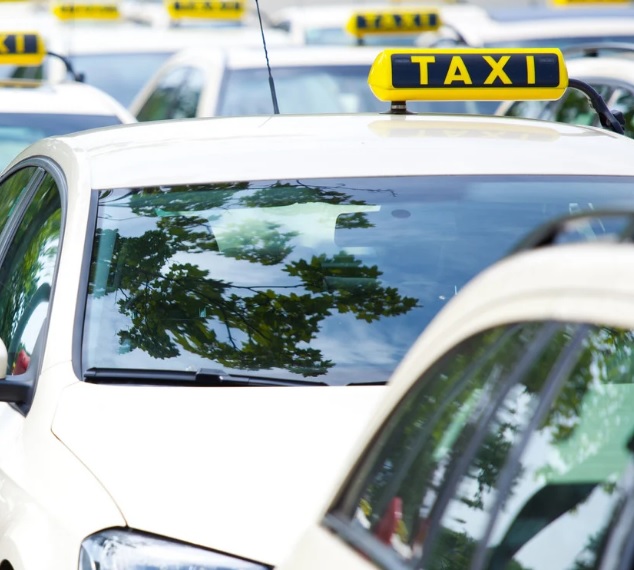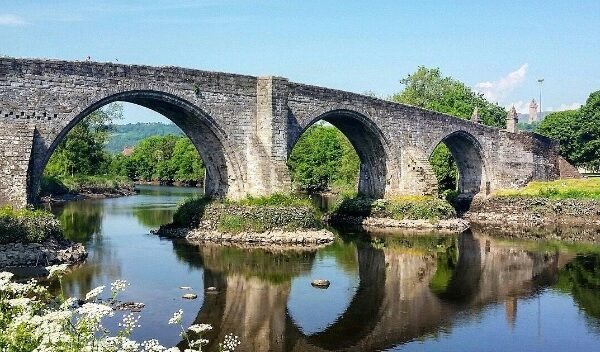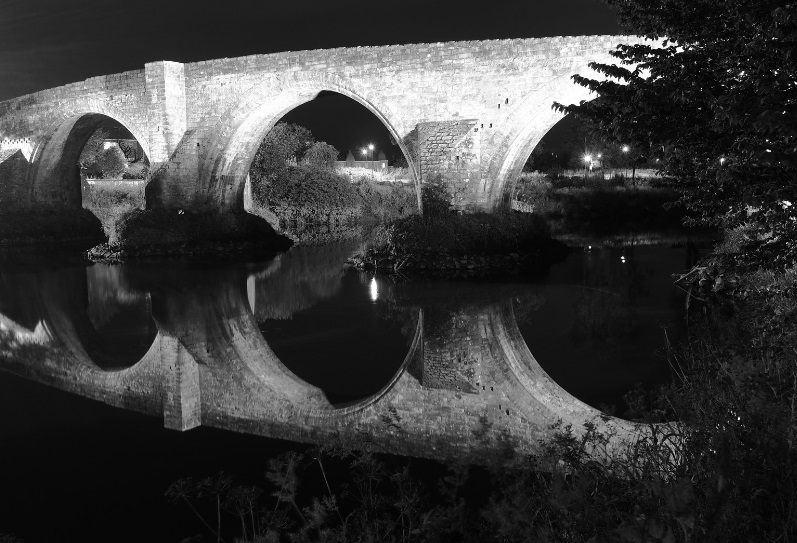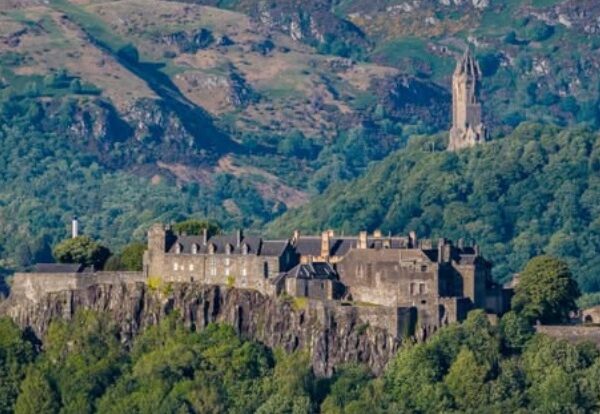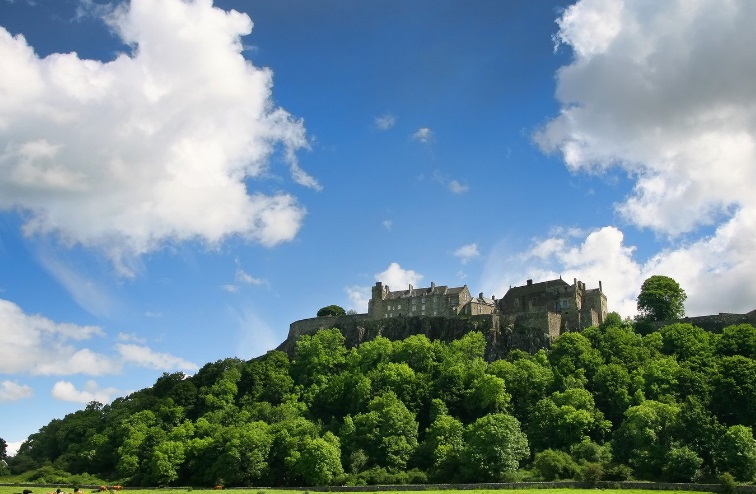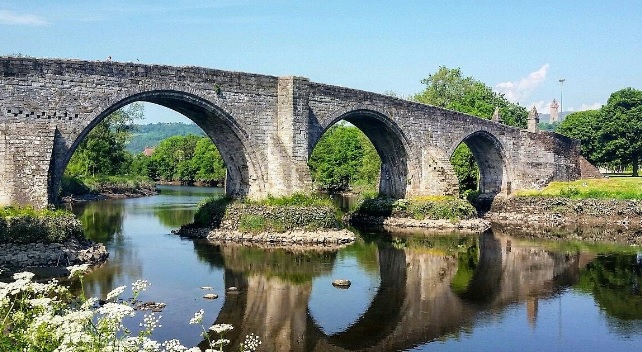Facials near me Stirling
Facial treatments, massages, and cupping therapy offer distinct yet sometimes complementary approaches to well-being and self-care. Each modality focuses on different aspects of the body and skin, providing a range of benefits from relaxation and stress reduction to improved circulation and targeted muscle relief. Let’s delve into each of these popular treatments.
Facial Treatments: Nurturing the Canvas of Your Skin
Facial treatments near me in Stirling, Scotland are designed to cleanse, exfoliate, nourish, and hydrate the skin on the face. They are tailored to address a variety of skin concerns, including acne, dryness, aging, sensitivity, and uneven tone. A typical facial involves several steps:
- Cleansing: Gentle removal of makeup, dirt, and impurities from the skin’s surface.
- Exfoliation: Sloughing off dead skin cells to reveal a brighter, smoother complexion. This can be achieved through mechanical methods like scrubs or enzymatic peels.
- Extraction (if needed): Removal of blackheads and whiteheads by a trained professional.
- Massage: Gentle manipulation of facial muscles to promote relaxation, improve circulation, and encourage lymphatic drainage.
- Mask: Application of a targeted mask to address specific skin concerns, such as hydration, oil control, or anti-aging.
- Serum and Moisturizer: Application of potent serums containing active ingredients and a hydrating moisturizer to lock in moisture and protect the skin.
- Sunscreen: Crucial for protecting the skin from harmful UV rays.

Beyond the basic steps, many specialized facial treatments exist. These might incorporate advanced technologies like microdermabrasion, chemical peels, LED light therapy, or radiofrequency to achieve more dramatic results. For instance, a chemical peel uses a controlled acid solution to exfoliate the outer layers of the skin, improving texture and reducing the appearance of fine lines and wrinkles. Microdermabrasion uses tiny crystals or a diamond-tipped wand to gently buff away dead skin cells.
The benefits of regular facial treatments extend beyond just aesthetics. They can help to improve skin texture and tone, reduce the appearance of blemishes and fine lines, increase product absorption, and promote relaxation. The massage component can also relieve tension in the facial muscles, which can contribute to headaches and jaw pain. Moreover, the act of taking time for a facial can be a deeply relaxing and self-indulgent experience, promoting a sense of well-being.
Massage Therapy: The Healing Power of Touch
Massage therapy involves the manipulation of soft tissues in the body, including muscles, connective tissues, tendons, ligaments, and joints. It is a versatile practice with a long history, used for relaxation, pain relief, stress reduction, and overall health improvement. Numerous massage techniques exist, each with its own focus and benefits:
- Swedish Massage: A gentle and relaxing technique using long strokes, kneading, and circular movements to improve circulation and ease muscle tension.
- Deep Tissue Massage: Targets deeper layers of muscle and connective tissue to release chronic pain and tension.
- Sports Massage: Tailored to athletes, focusing on preventing and treating injuries, improving performance, and aiding recovery.
- Hot Stone Massage: Uses smooth, heated stones to relax muscles and increase blood flow.
- Aromatherapy Massage: Incorporates essential oils to enhance relaxation and address specific needs.
The physiological benefits of massage are numerous. It can improve blood circulation, which helps to deliver oxygen and nutrients to tissues while removing waste products. Massage can also reduce muscle tension and stiffness, increase flexibility and range of motion, and promote the release of endorphins, natural pain relievers and mood elevators. Furthermore, massage has a profound impact on the nervous system, helping to reduce stress hormones like cortisol and promote relaxation by activating the parasympathetic nervous system.
Beyond the physical benefits, massage offers significant psychological advantages. The power of human touch can be incredibly comforting and can help to alleviate anxiety and depression. Taking time for a massage provides an opportunity to disconnect from daily stressors and focus on physical and mental relaxation.
Cupping Therapy: Ancient Practice for Modern Wellness
Cupping therapy is an ancient healing technique that involves placing cups on the skin to create suction. This suction draws blood to the surface, promoting circulation, reducing inflammation, and relieving muscle tension. There are two main types of cupping:
- Dry Cupping: Cups are applied to the skin using suction created by heat or a mechanical pump. They are typically left in place for a few minutes.
- Wet Cupping: Involves making small, superficial incisions on the skin before applying the cups to draw out a small amount of blood.
The cups used in cupping therapy can be made of various materials, including glass, bamboo, silicone, and earthenware. The therapist will typically move the cups around on the skin or leave them in specific locations, depending on the treatment goals.
While more research is needed to fully understand the mechanisms of cupping therapy, proponents suggest several potential benefits. The suction is believed to increase blood flow to the treated area, which can help to deliver nutrients and oxygen, remove toxins, and promote healing. It may also help to release adhesions in muscles and fascia (connective tissue), reducing pain and improving range of motion. Many people find cupping therapy to be effective in relieving muscle soreness, back pain, neck pain, and headaches.
The marks left by cupping, which can range in color from light pink to deep purple, are a result of the blood being drawn to the surface. These marks are usually temporary and fade within a few days. While generally considered safe when performed by a trained professional, some potential side effects include mild discomfort, bruising, and skin irritation.
Synergistic Potential
While facial treatments, massages, and cupping therapy address different aspects of well-being, they can be incorporated into a holistic self-care routine. For example, a relaxing massage can complement the rejuvenating effects of a facial, enhancing overall relaxation and promoting a sense of well-being. Cupping therapy can be used to address specific muscle tension that might be contributing to headaches or jaw pain, potentially enhancing the benefits of a facial massage.
Ultimately, the choice of treatment depends on individual needs and preferences. Consulting with qualified professionals can help determine the most appropriate therapies to achieve desired outcomes, whether it’s radiant skin, reduced muscle tension, or a greater sense of overall well-being. Each of these modalities offers a unique pathway to nurturing the body and mind, contributing to a healthier and more balanced life.


